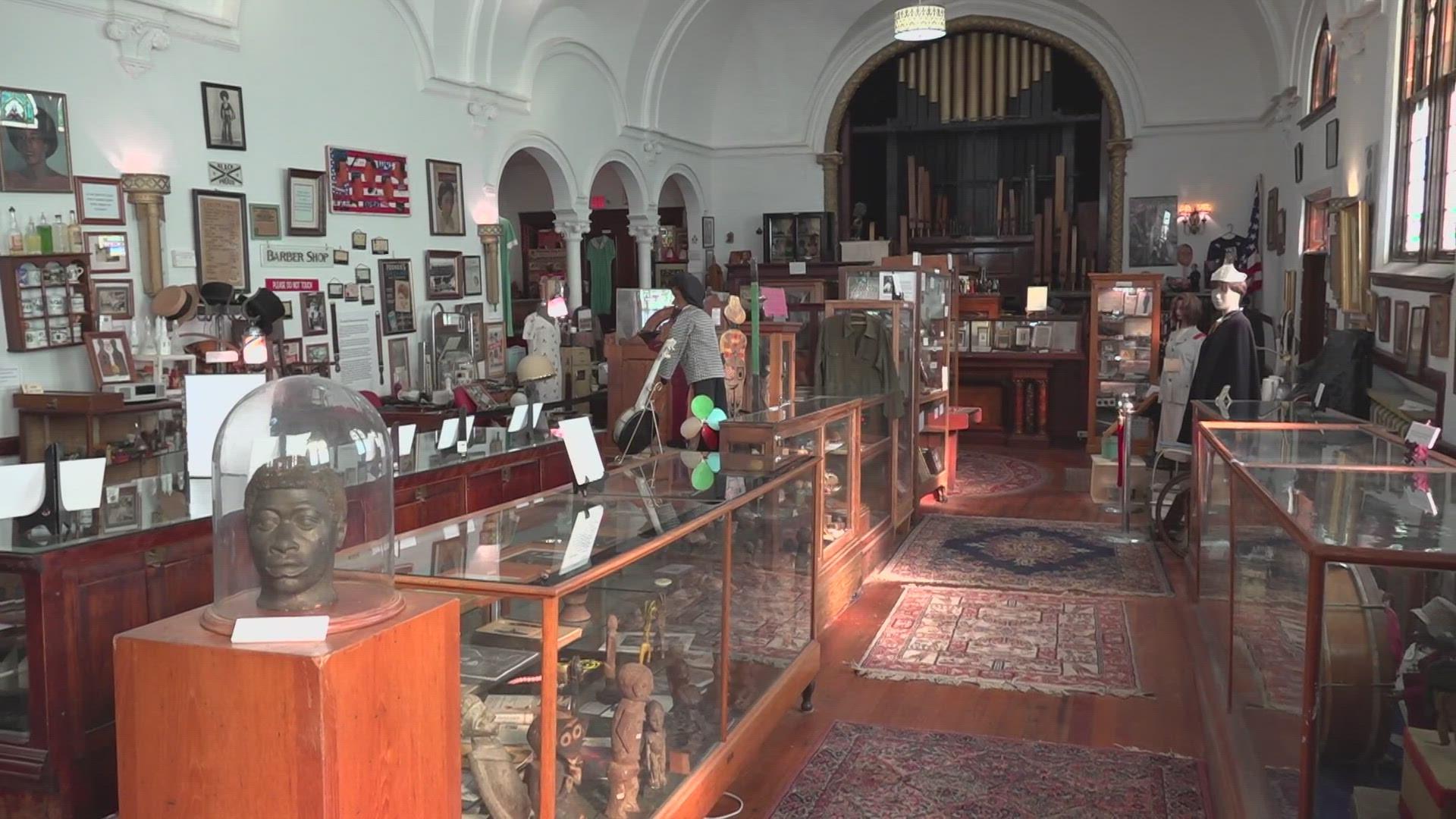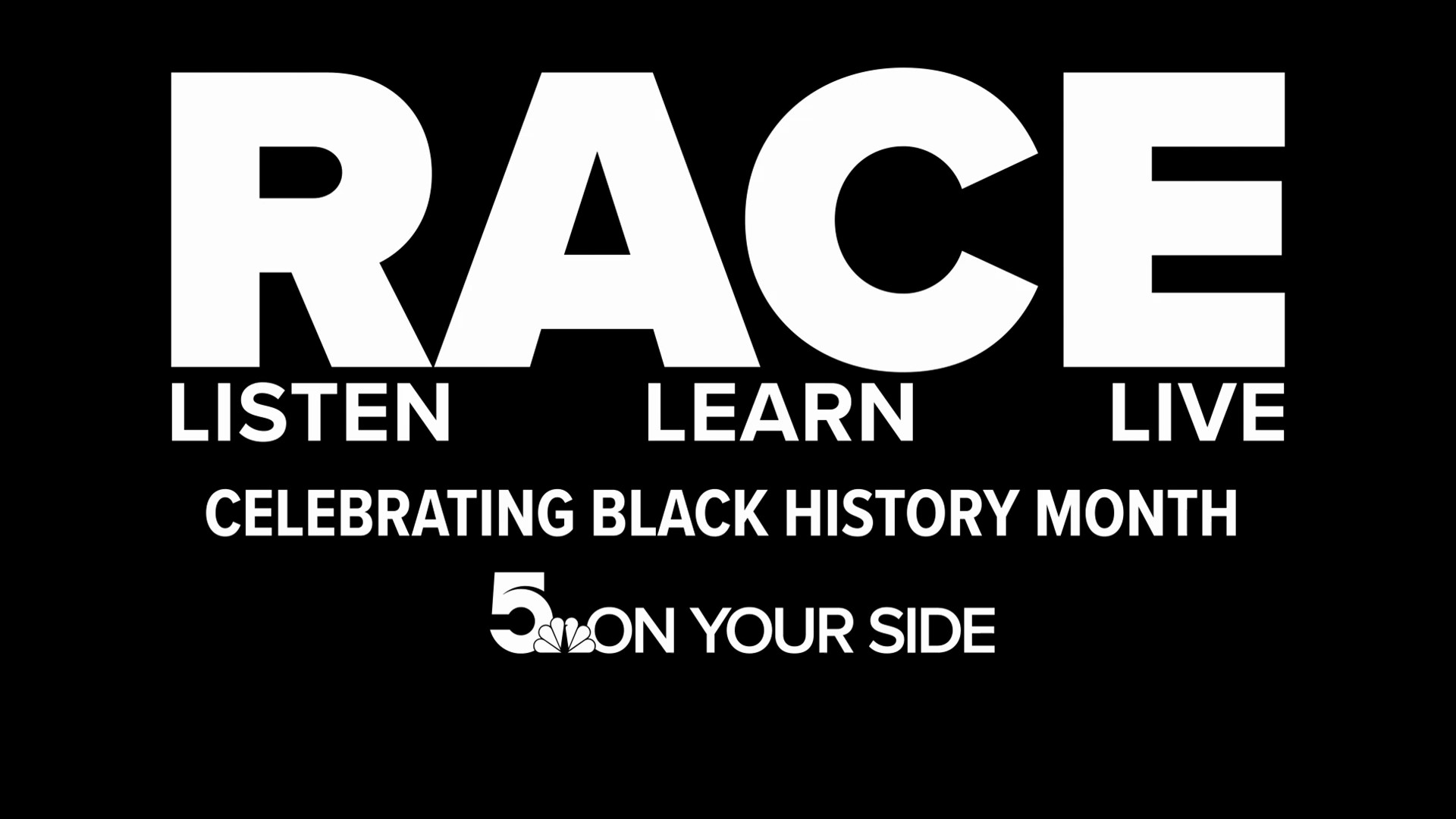ST. LOUIS — In 2006, Calvin Riley was left with a decision whether to sell thousands of artifacts or to start a museum.
"They said you can think about the history or you can think about the money," Riley said.
But they weren't just any artifacts. It was thousands of collectibles featuring George B. Vashon and his family.
Vashon was an African-American lawyer denied the right to practice because of his race.
Vashon High School, named in his honor, became the second high school built for Black students in the St. Louis Public Schools system. Sumner High School was the first.
"[I] didn't really know what they were and we took them over to the Missouri History Museum and they told me it was the greatest find to have an African American family's artifacts still intact," Riley said.
In 2015, Riley opened the doors of the George B. Vashon Museum as its executive director. He estimated that there are nearly 100,000 artifacts dedicated to African American history between the four walls.
For the last three years, he's worked on becoming an author, digitizing the museum's history in his new book "Black St. Louis."
Riley credited his friend and co-author Nini Harris for pushing him to publish the historic book.
"It contains a lot of early St. Louis history from the 1700s when St. Louis was founded as a trading city," Riley said.
Riley said he collected his first-ever African-American artifact in graduate school.
He used every day as an opportunity to search for more at estate sales and antique stores. He worried if he didn't, that history would be lost forever, including the good, bad and the ugly.
Many items are donated by the community. It's special to Riley.
"That lets me know they care about history, they didn't just want to throw it in the trash because they want people to know what went on," Riley said.
Upstairs the history continues, with photos of Julius Hunter who was a pioneer for African American broadcast journalists. He was named as a reporter, then-weekend anchor and then-weekend news director at KSDK. He worked here for five years before moving to another station.
“A lot of people come here and they see his collection and say I watched him as a little kid. He not only was a newscaster but he wrote books and went around the community and talked to people,” Riley said.
The exhibit also includes current KSDK journalists, news director Art Holliday and anchor Mike Bush.
For Riley, the story is unwritten, he has plans to open a permanent exhibit this spring dedicated to the Divine 9 that includes Black sororities and fraternities.
"The information is there. All you do is dig for it. It's documented, nothing has to be made up, just tell the truth," Riley said.
The museum operates Wednesday through Saturday 10 a.m. to 4 p.m.


